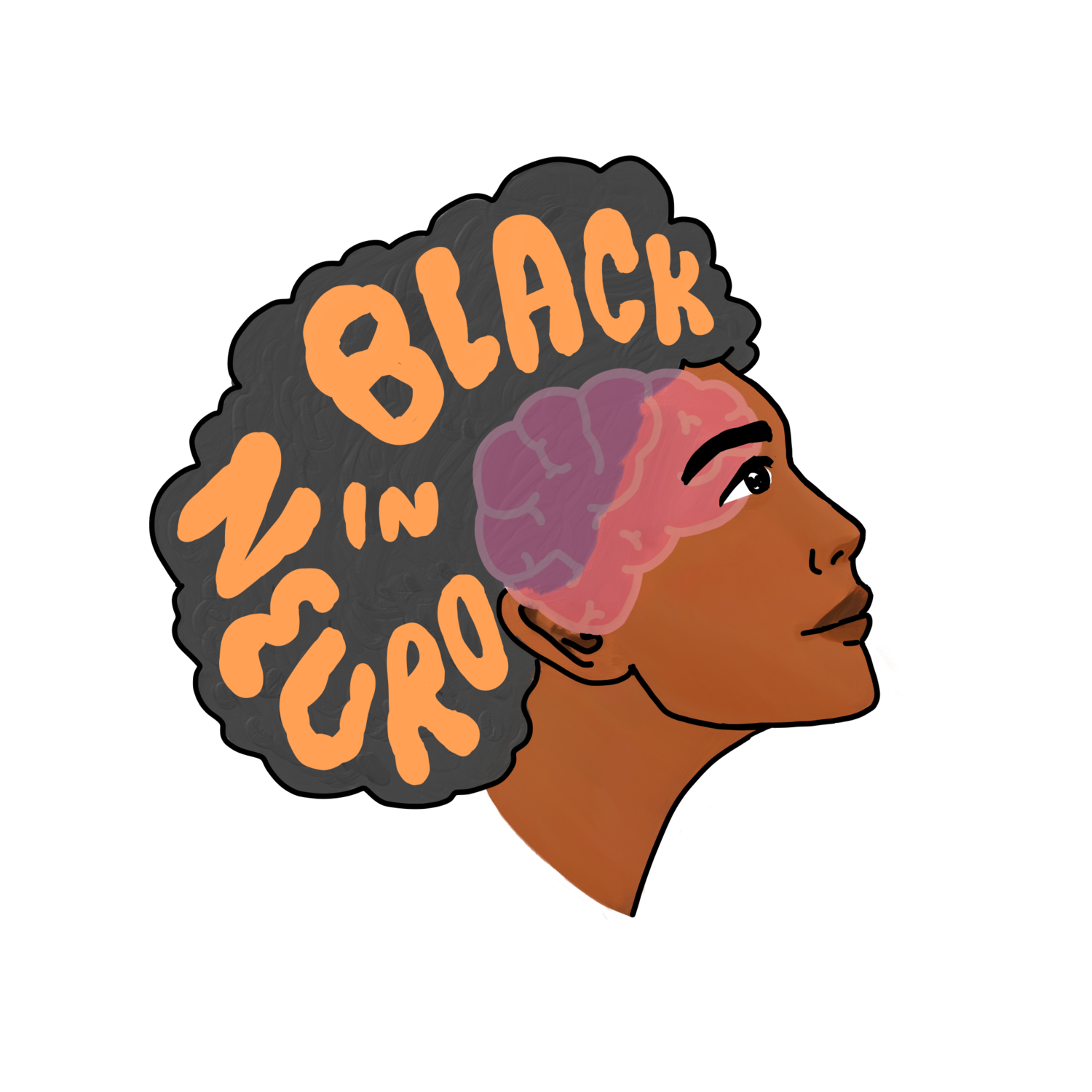BIN Mentee Spotlight: Heaven Aschalew
When I first stepped into the world of neuroscience research, I didn’t expect to uncover how much a child’s race could shape their chances of surviving a brain tumor. I was a student researcher in the Neuro-Informatics lab at Mayo Clinic through a connection program with the University of Minnesota Rochester. At the time, I was just excited to be in a lab setting and to learn about the brain. What I didn’t expect was to leave the project with a deeper sense of urgency about health equity and what it means for children who look like me.
As a Black woman who dreams of becoming a pediatric medical doctor with a focus in neurology, this project became more than just research. It became personal. As part of my research team at Mayo, I helped examine outcomes for children with central nervous system (CNS) tumors, the most common type of solid cancer in children. These are tough diagnoses, but what stood out to me was that even when children received the same treatments, their outcomes were not the same. We reviewed more than 1,200 research papers and conducted a systematic review and meta-analysis.
Here’s what we found:
• White children were more likely to have private insurance, higher incomes, and access to high-volume hospitals.
• Black, Hispanic, and Asian children were more likely to have public insurance, longer hospital stays, missed follow-up appointments, and lower rates of full tumor removal.
• When we compared survival between racial groups, non-White children had a significantly higher risk of death compared to White children. About 22% of non-White children with CNS tumors died, compared to 18% of White children. That small percentage difference represents hundreds of children, real lives, and it reminds us that outcomes are shaped by more than treatment alone. It raises urgent questions about the systems that shape healthcare.
• For ethnicity, the difference between Hispanic and non-Hispanic children was not statistically significant, though the numbers still showed Hispanic patients had slightly higher mortality.
These differences aren’t explained by biology. The tumors themselves don’t discriminate by race. What does is the healthcare system. Social determinants of health such as income, insurance type, location, and access to specialists shape whether a child gets the best possible care. On top of that, racism and implicit bias in medicine continue to play a role. Studies have shown that healthcare providers can hold unconscious biases that affect how patients are treated, and those biases have real consequences for survival.
To put it simply, two children can walk into the same hospital with the same diagnosis, and their outcomes may differ because of the color of their skin. That is not just a health issue, it is an equity issue. As I read through study after study, the weight of the data started to settle on me. I thought about the children behind the numbers, the ones who missed appointments because their families could not take time off work, or who could not afford the “right” insurance plan. I thought about my own younger relatives, and how unfair it is that something as uncontrollable as race can tip the scales of survival. Being part of this project has fueled my drive to become a physician who not only treats children but also advocates for them. I do not want to just see patients. I want to fight for systems where every child, no matter their race, income, or zip code, has the same chance to heal.
That is also why I joined Black In Neuro. Representation matters. Being surrounded by mentors and peers who understand what it means to navigate both science and identity keeps me grounded. It reminds me that change does not happen alone, it happens in community. Every child deserves the same chance to survive, to grow, and to dream. The work our team did is just one step toward highlighting these inequities. The next step is making sure research like this informs real change in hospitals, policies, and medical training.
For me, it is also a step toward the medical doctor I hope to become, one who carries both science and lived experience into the exam room, and one who never forgets the children behind the numbers.
About the author
Heaven Aschalew is an MS student at the University of Minnesota Medical School with a strong interest in advancing health equity in neurology and pediatrics. She previously conducted research in the Neuro-Informatics Lab at Mayo Clinic, investigating racial and ethnic disparities in pediatric CNS tumor outcomes. During her master’s program, she also contributed to research on neurobiology and opioid use. Beyond the lab, she is passionate about pursuing a career in medicine with a focus on pediatrics, neurology, and addressing disparities in healthcare. Heaven is also a mentee in the Black In Neuro mentorship 2025-26 cohort.
Contact- LinkedIn


